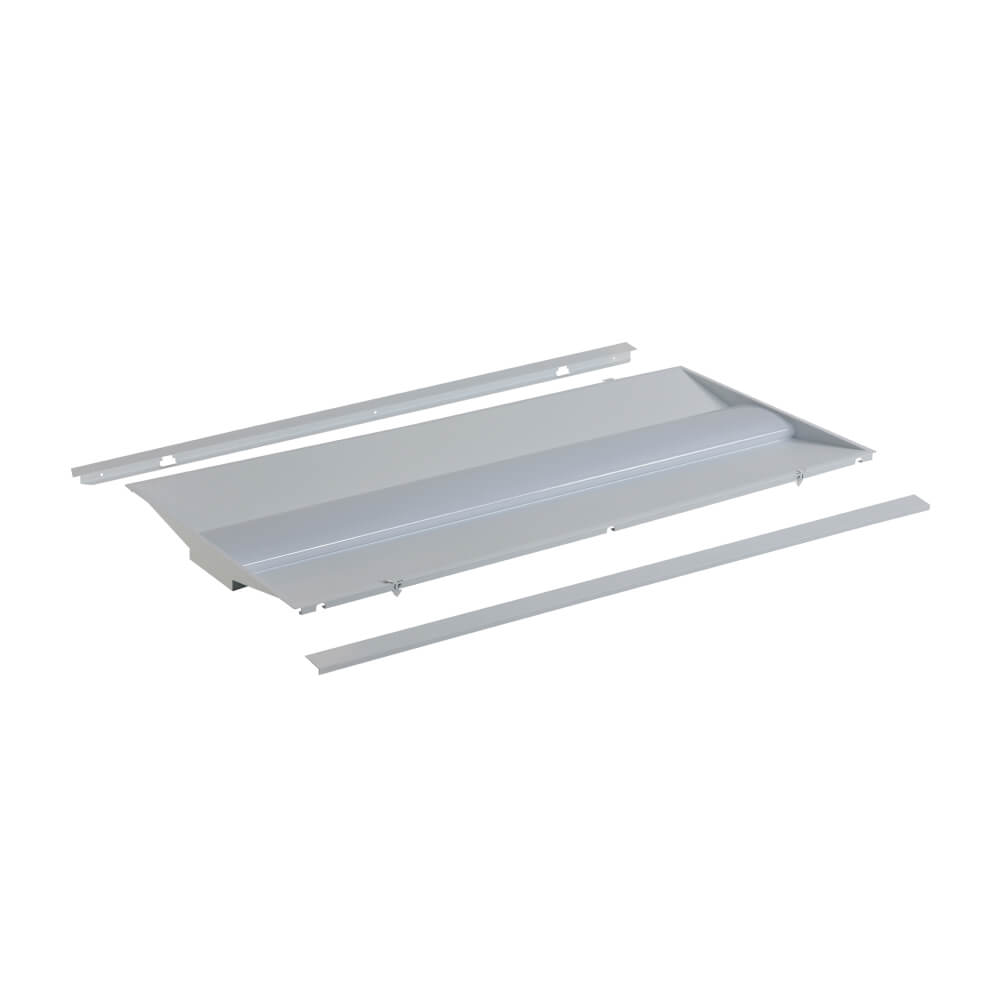Transform Your Space: Uncover the Magic of Commercial LED Retrofit Kits!
In recent years, the shift towards sustainable and energy-efficient lighting has gained remarkable momentum, particularly in commercial settings. Among the innovative solutions that have emerged are commercial LED retrofit kits, which offer an effective way to upgrade existing lighting systems without a complete overhaul. These kits are becoming increasingly popular due to their versatility, cost-effectiveness, and significant energy savings. This article aims to delve into the definition of commercial LED retrofit kits, explore their numerous advantages, and discuss their applications across various environments. By the end, you'll have a clear understanding of how these kits can transform your space into a more efficient and aesthetically pleasing environment.

Understanding Commercial LED Retrofit Kits
Commercial LED retrofit kits are designed to upgrade existing lighting fixtures with energy-efficient LED technology. Unlike traditional lighting solutions, which often require a complete replacement of fixtures, retrofit kits provide a more economical and less invasive alternative. Typically, these kits include LED light sources, drivers, and mounting hardware, allowing them to fit into existing housings seamlessly. This means that businesses can enjoy the benefits of modern lighting without the extensive labor costs and downtime associated with full fixture replacements. Additionally, retrofit kits are available in various configurations, making them suitable for a wide range of applications, from ambient lighting in offices to task lighting in warehouses.
Advantages of Using LED Retrofit Kits
The advantages of commercial LED retrofit kits are compelling. First and foremost, they are known for their energy efficiency, consuming significantly less power than traditional incandescent or fluorescent bulbs. Studies have shown that upgrading to LED technology can reduce energy consumption by up to 75%, translating into substantial cost savings on electricity bills. Furthermore, LED lights have a longer lifespan—often lasting up to 25,000 hours or more—compared to the 1,000 hours of incandescent bulbs. This longevity means fewer replacements, leading to lower maintenance costs and reduced waste. Additionally, LED technology is environmentally friendly, as it contains no hazardous materials, and the reduction in energy consumption contributes to a lower carbon footprint. With these statistics in mind, it's clear that investing in commercial LED retrofit kits is not only a financially savvy decision but also a step towards a more sustainable future.
Applications in Different Settings
The versatility of commercial LED retrofit kits makes them an excellent choice for a variety of commercial environments. In office spaces, for instance, proper lighting is crucial for enhancing productivity and ensuring employee well-being. LED lights can provide bright, flicker-free illumination that reduces eye strain and fatigue, creating a more comfortable working atmosphere. In retail environments, the right lighting can make a significant difference in customer experience and product visibility. Bright, well-distributed light can highlight merchandise, encouraging purchases and enhancing the overall shopping experience. In industrial and warehouse settings, LED retrofit kits improve safety by providing bright, reliable lighting in work areas and storage spaces. The energy savings realized in these industrial applications further contribute to reduced operational costs, making retrofit kits a practical choice for businesses looking to optimize their lighting solutions.
Office Spaces
In office environments, the application of LED retrofit kits can have a profound impact on productivity. A friend of mine recently transformed their corporate office with LED retrofits, and the difference was remarkable. The new lighting not only brightened the space but also created a more inviting atmosphere that boosted morale among employees. The adjustable brightness levels allowed teams to customize the lighting according to their tasks, resulting in better focus and efficiency.
Retail Environments
Retail spaces can also reap the benefits of LED retrofit kits. For instance, a local boutique upgraded their lighting to LED, and the change was instantaneous. The products appeared more vibrant, and customers seemed more inclined to browse and purchase. The energy savings from this upgrade also allowed the store owner to invest in other areas of the business, proving that effective lighting can enhance not just the ambiance but also the bottom line.
Industrial and Warehouse Settings
In industrial settings, the practicality of retrofitting with LED kits cannot be overstated. A warehouse manager I know reported that after implementing LED lighting, their electricity bills dropped significantly. The improved visibility in the warehouse not only enhanced safety for workers but also improved efficiency in operations. Employees were able to navigate through aisles with ease, reducing the risk of accidents and increasing productivity.
Key Benefits and Impact of LED Retrofit Kits
In summary, commercial LED retrofit kits present a multitude of benefits that can transform any space into a more energy-efficient and visually appealing environment. From improving productivity in office settings to enhancing customer experiences in retail and ensuring safety in industrial applications, these kits offer a practical solution for modern lighting needs. As businesses continue to prioritize sustainability and cost-effectiveness, LED retrofit kits emerge as an indispensable tool for upgrading lighting systems. If you're considering a lighting upgrade, now is the perfect time to explore the possibilities of commercial LED retrofit kits for your space.














